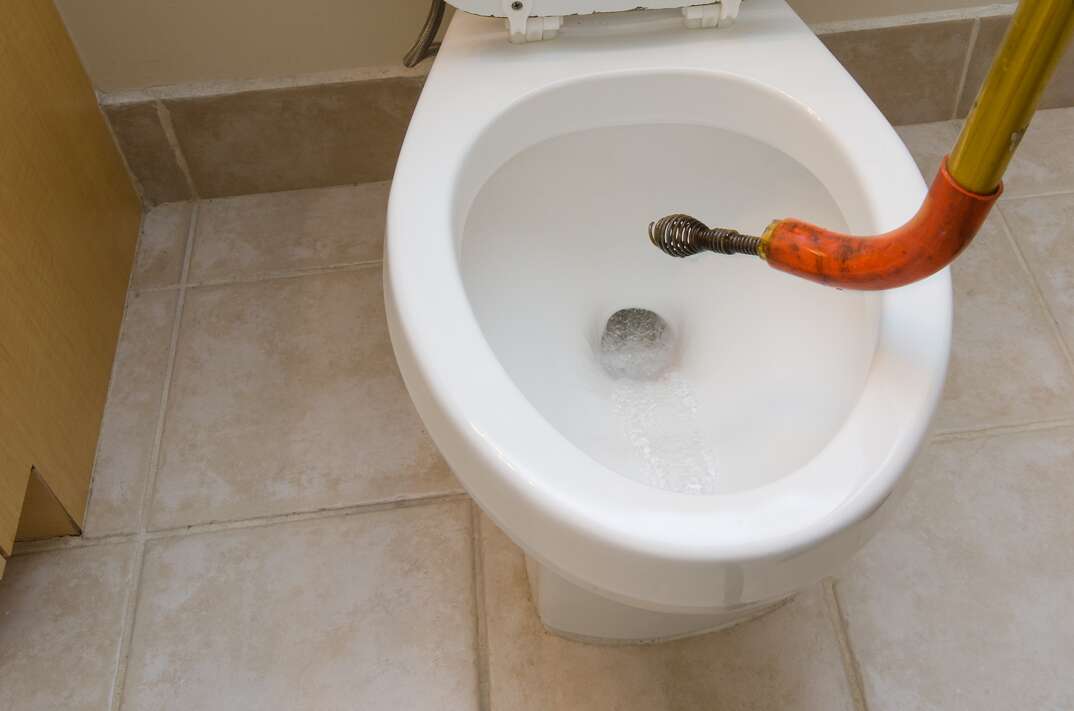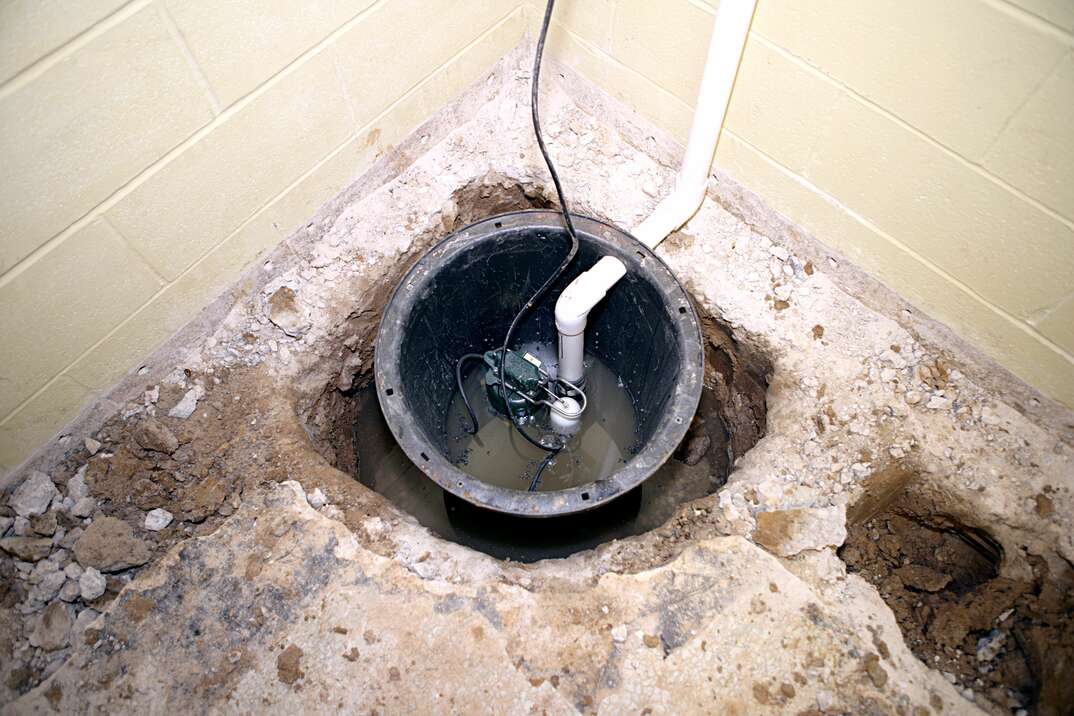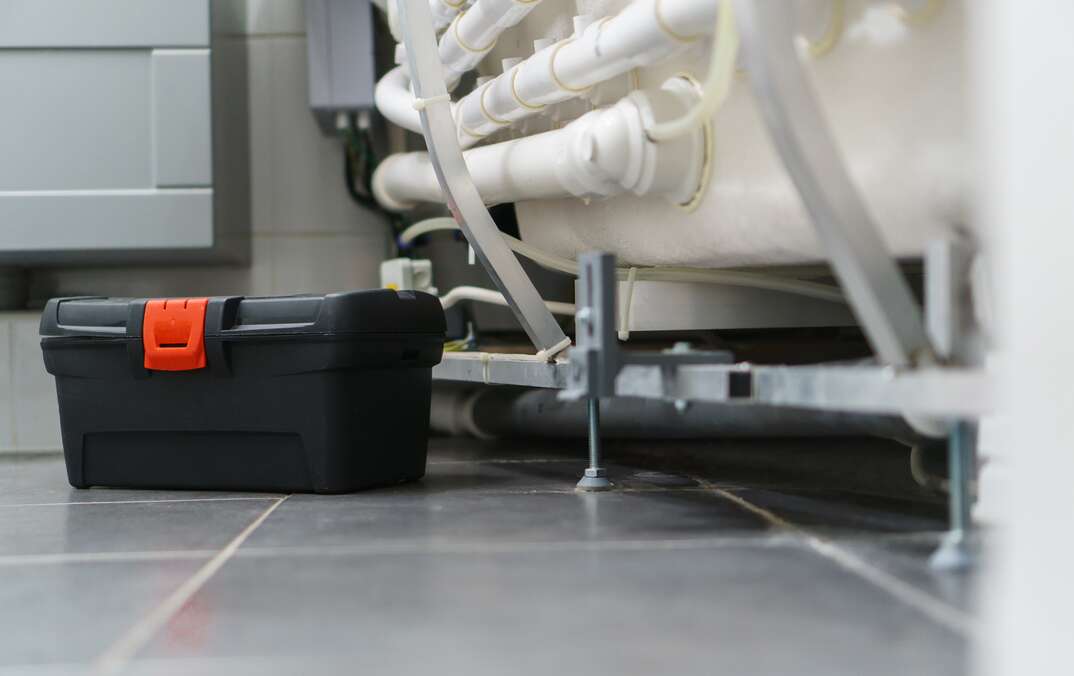How to Use a Drain Snake to Unclog Your Toilet

One of the most common, yet distinctly unsettling plumbing issues to have in your home is a clogged toilet. While it’s true that most homeowners will deal with a clogged toilet at some point, it can be frustrating and, let’s face it, quite gross. Many clogs can be solved by using a toilet plunger, but some more severe clogs will require a special tool called a drain snake to get the job done.
This May Also Interest You: How to Properly Clean Your Toilet
A drain snake, also called an auger, is a long, flexible cable that winds down into drains and works to dislodge stubborn clogs. Although augers can be used in a variety of drain types, one of the most common and practical uses of a drain snake is in a toilet, where the tool’s length and flexibility become particularly handy. While you can use a regular drain snake in a toilet, a closet auger, or toilet auger, is a type of drain snake specifically designed for use in a toilet. Its unique design and protective rubber coating allow it to maneuver through the tight S-bend in a toilet without damaging the porcelain.
Here's how to use one to get clog-free (hopefully) in just a few minutes.
Step 1: Prep the Surrounding Area
Like any other plumbing work, the surrounding area can get wet (and messy) quickly. Before using a toilet snake, take a moment to lay a couple of towels around the base of the toilet to catch any excess water. You also might want to have a bucket or trash bag nearby to place any debris you might extract from the toilet. Finally, you should plan to wear rubber gloves anytime you work in and around a toilet. Keep in mind that you’ll need to remove by hand any clog you pull from the toilet. Needless to say, things can get pretty messy, but more importantly, you’ll want to protect yourself from any potential illness or infections from the Pandora’s box of bacteria you’ll encounter.
Step 2: Insert the Toilet Auger
Extend the toilet auger and insert the end with the curved hook into the toilet bowl until you can no longer see the end of the auger cable; only the rubber sleeve and tube will be visible. Once the snake has been properly inserted, start rotating the auger’s handle clockwise to maneuver the auger down into the drain. When you can no longer crank the handle, or you feel any kind of resistance on the cable, you’ve reached the clog in the drain.
Step 3: Dislodge the Clog
When the auger has reached the clog, rotate the handle in the opposite direction to retract it from the toilet. Take the debris from the hooked end of the auger and, using rubber gloves, extract it from the end of the auger and place it in the bucket or trash bag. Repeat this process as many times as necessary until the clog has been freed entirely from the drain.
If you’re having trouble pulling the clog out of the drain, gently push the auger back and forth to help break apart and loosen the clog until you’re able to flush the toilet. Keep in mind that you want to act relatively gently here; there’s no need to force the clog down the drain. Pushing the clog into the drain can actually make things worse. The goal is to let the auger break up and dislodge the clog so it can move freely down the drain or come out through the bowl.
Step 4: Clean the Toilet’s Pipes
When the clog has been removed and you can freely flush your toilet, take a moment to clear away any remaining debris. Use a concentrated drain cleaner to dissolve and flush away any residue left in the pipe. Pour the cleaner into the bowl and give it a few flushes. When using a drain cleaner, make sure it’s safe for use in toilets, as regular drain cleaners can damage your pipes as well as your septic system.
You can also create your own toilet drain cleaner by adding one cup of baking soda and two cups of vinegar to your toilet bowl. Let the solution sit for about ten minutes before adding a cup of hot water and flushing. As an added bonus to removing any remaining debris in the pipe, your toilet bowl will be nice and clean.
This May Also Interest You:
- Stop Flushing Money Down the Toilet: Go Low-Flow
- 3 Reasons Your Toilet Is Running — and How to Fix It
- How Much Does It Cost to Fix a Toilet Valve?
- My Toilet Tank Is Spraying Water! How to Fix a Toilet Fill Valve
- How Do you Flush a Toilet Without Running Water?
Clog Prevention
Aside from using a toilet snake or a plunger, your best defense against a clogged toilet is to prevent the clog from occurring in the first place. While it might sound obvious to some, remember to only flush acceptable items down the toilet. Generally speaking, that means only human waste and toilet paper. Never flush dental floss, baby wipes, paper towels or any other sanitary products down the toilet. While it may work just fine for a few times, you’re likely to encounter a major clog — and maybe even expensive plumbing repairs — at some point later on.
If you’re a parent of small children, it’s also important that you communicate with them the importance of this flush criteria. Small children’s toys and other similar objects are a leading cause of clogs in toilets, so take steps to make sure those items don’t end up down the drain.
Being Prepared
Having a severely clogged toilet is never a fun problem to have. That’s why knowing how to use a toilet auger to unclog a toilet is such a useful skill to have when you need it. It’s certainly not the most pleasant DIY home repair, but unclogging the toilet yourself can save you the time and expense of having to hire a plumber to come do the job for you. When it comes to certain household issues like these, being prepared is never a bad idea.


